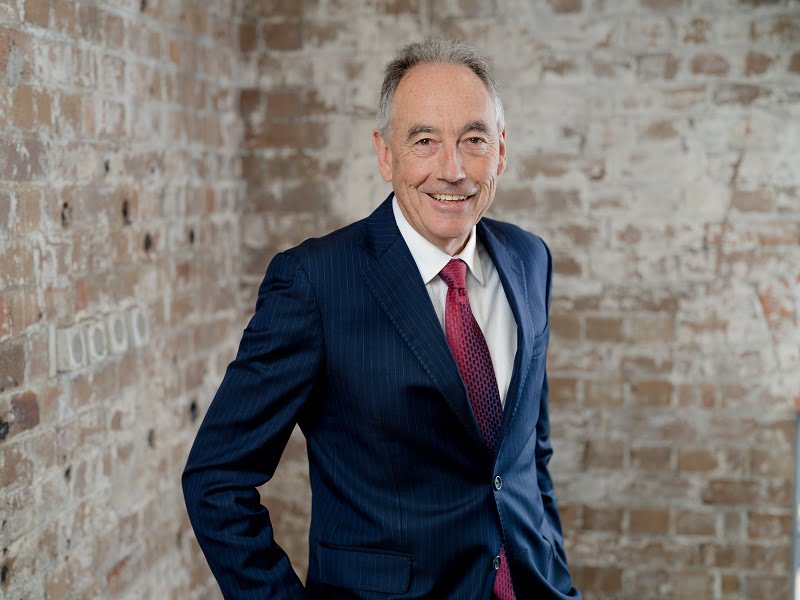Home-grown battery manufacturer Gelion has continued its intellectual property buying spree with the purchase of a lithium-silicon-sulphur battery technology patent from the University of Sydney.
The acquisition comes less than a month after the Sydney University spinout bought a “treasure chest” of technology and 450 patents from British chemicals producer Johnson Matthey’s lithium-silicon-sulfur (LiSiS) IP portfolio, at a cost of almost $8 million.
Gelion is amassing LiSiS IP in a bid to make the “world’s best battery”, with the technology – which faces its own challenges – holding promise to overcome some of the drawbacks of Lithium-ion batteries.
Benefits of the technology include higher energy density and a longer cycle life than lithium—ion batteries, making them suitable for applications that require more energy, such as long-distance electric vehicles and electric aircraft.
LiSiS also offers the company an “expedited pathway to commercialisation because it can be largely integrated alongside standard lithium battery production processes”, building on its existing portfolio of zinc-bromide battery technology.

As a spinout, Gelion already had an arrangement with the University of Sydney for an exclusive licence for the IP, but decided to acquire it after “making progress on the key areas that we needed to get performance”, chief executive John Wood told InnovationAus.com.
“By completing the acquisition of the IP, rather than only holding the licence to the IP, we’re now able to act directly in terms of evolving additional patents on top of that core technology,” Mr Wood said.
He said that the company has been combining elements of both technologies from both the University of Sydney and Johnson Matthey in a “unified direction towards attaining the high performance, low cost and high safety early”.
“[The team is] able to do it with high confidence, they’ve got a domain of freedom to operate because they’ve got the IP surrounding it,” Mr Wood said, adding that the firm’s volume of patent IP around lithium sulfur “would have to be close to unmatched”.
The IP acquired from Sydney University includes “additives that capture polysulfides at the cathode, extending battery cycle life, rather than have the polysulfides reach the anode and reduce the battery life prematurely”, the company said.
Mr Wood views LiSiS batteries and similar technologies as offering “Australia the ability to shift beyond its current position as a world leader in battery research, and become a leader in high performance battery development and manufacturing”.
He said a “specific mandate that we should be manufacturing Australian development advanced battery technologies in Australia” would be a “healthy addition” to the forthcoming National Battery Strategy.
“In these times where leading technologies are increasingly being controlled for strategic and economic benefit, it would be high risk for Australia to rely only on importing batteries or licensing technologies from overseas for local manufacture,” he said in a statement announcing the patent purchase.
“Technology like Gelion’s new LiSiS battery additives, when combined with other exciting new Australian-owned battery IP, present a clear opportunity for Australia to become a renewable energy superpower, manufacturing the world’s best batteries on home soil, and then supplying this to the world.
“If we get the National Battery Strategy right, this could create billions of dollars of economic value and thousands of jobs. This is what we will be recommending to the government in our response to the request for industry input.”
The Albanese government is planning to use the National Battery Strategy to construct a more vertically integrated and value-added batteries industry, as the demand for storage to support the green energy transition grows.
According to the Future Battery Industries Cooperative Research Centre, a diversified battery industry, including downstream processing and manufacturing activities, is forecast to be worth $16.9 billion to the Australian economy by the end of the decade, more than double was estimated in 2021.
Do you know more? Contact James Riley via Email.

